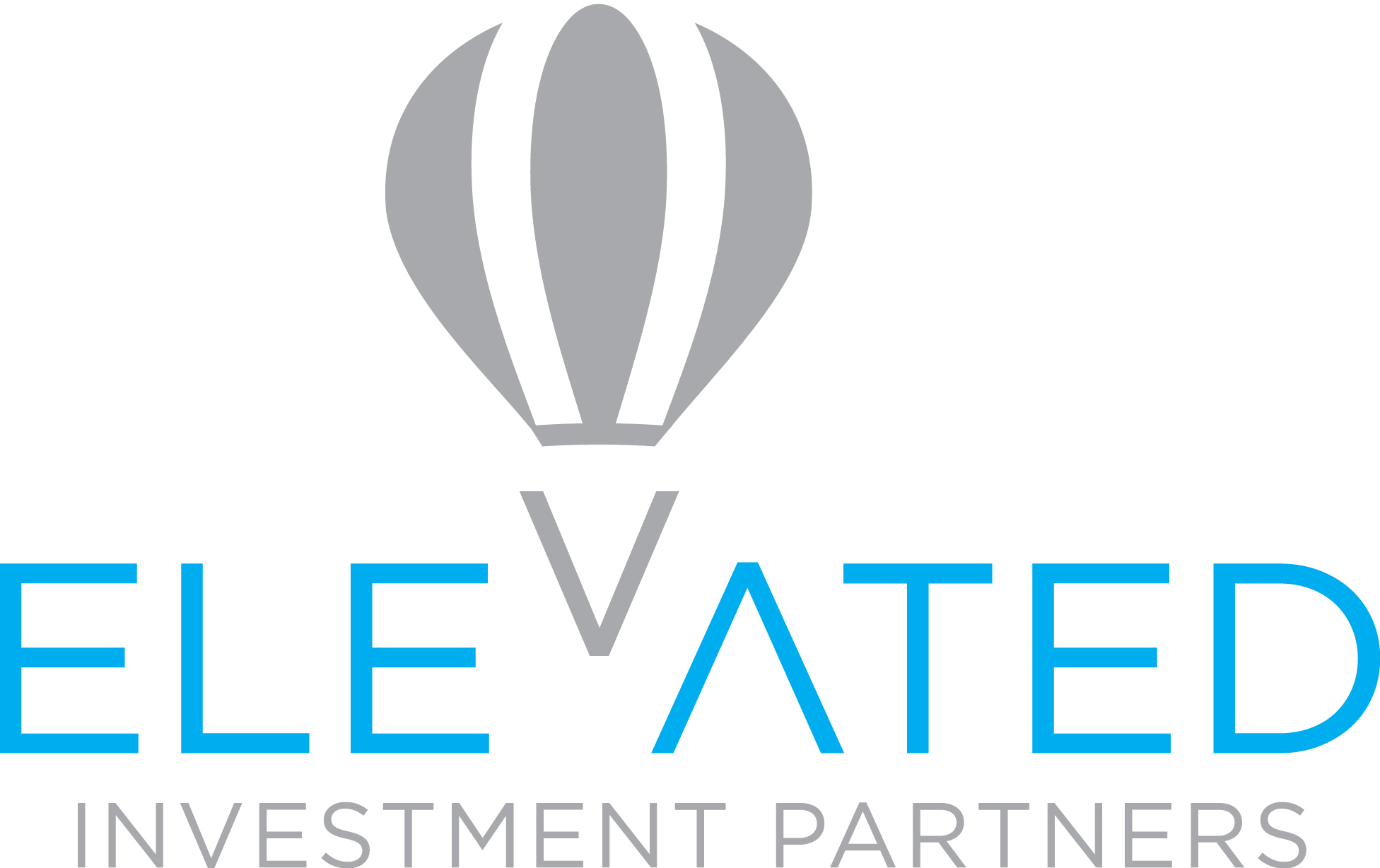April
- If a plan audit is required in connection with the Form 5500, make arrangements with an independent accountant/auditor for the audit to be completed before
the Form 5500 due date (calendar-year plans). - Audit first quarter payroll and plan deposit dates to ensure compliance with the U.S. Department of Labor’s rules regarding timely deposit of participant contributions and loan repayments.
- Verify that employees who became eligible for the plan between January 1 and March 31 received and returned an enrollment form. Follow up for forms that were not returned.
May
- Monitor the status of the completion of Form 5500, and, if required, a plan audit (calendar-year plans).
- Issue a reminder memo or e-mail to all employees to encourage them to review and update, if necessary, their beneficiary designations for all benefit plans by which they are covered.
- Perform a thorough annual review of the plan’s Summary Plan Description (SPD) and other enrollment and plan materials to verify that all information is accurate and current, and identify cases in which revisions are necessary.
- Provide quarterly benefit/disclosure statement and statement of plan fees and expenses actually charged to individual plan accounts during the prior quarter, within 45 days of the end of last quarter.
- By May 15 (or 45 days after the end of the quarter) participant-directed defined contribution plans must supply participants with a quarterly benefit/disclosure statement and a statement of plan fees and expenses actually charged to individual plan accounts during the first quarter.
June
- Begin planning an internal audit of participant loans granted during the first six months of the year. Check for delinquent payments and verify that repayment terms and amounts borrowed do not violate legal limits.
- Confirm that Form 5500, and a plan audit if required, will be completed prior to the filing deadline or that an extension of time to file will be necessary (calendar-year plans).
- Review plan operations to determine if any qualification failures or operational violations occurred during the first half of the calendar year. If a failure or violation is found, consider using an Internal Revenue Service or U.S. Department
of Labor self-correction program to resolve it. - Check for any ADP/ACP refunds due to highly compensated employees for EACA plans, in order to avoid an employer excise tax.
Consult your plan’s counsel or tax advisor regarding these and other items that may apply to your plan.
